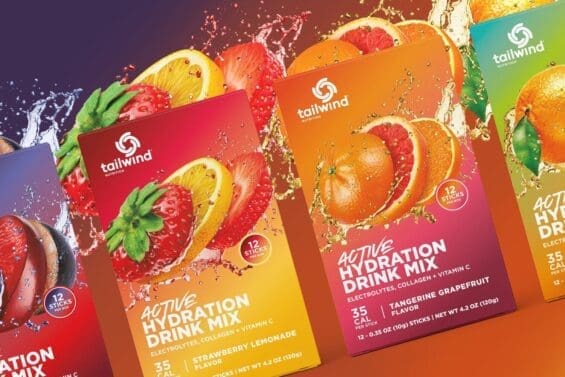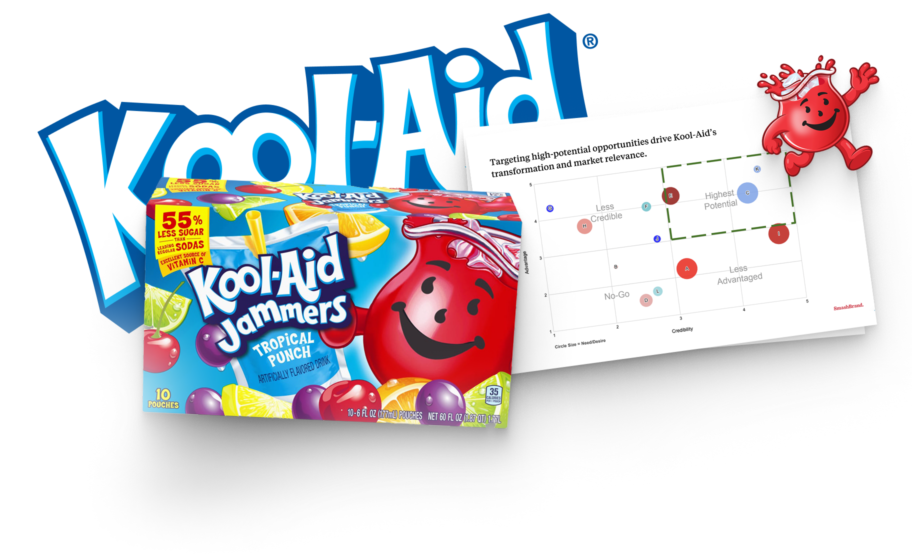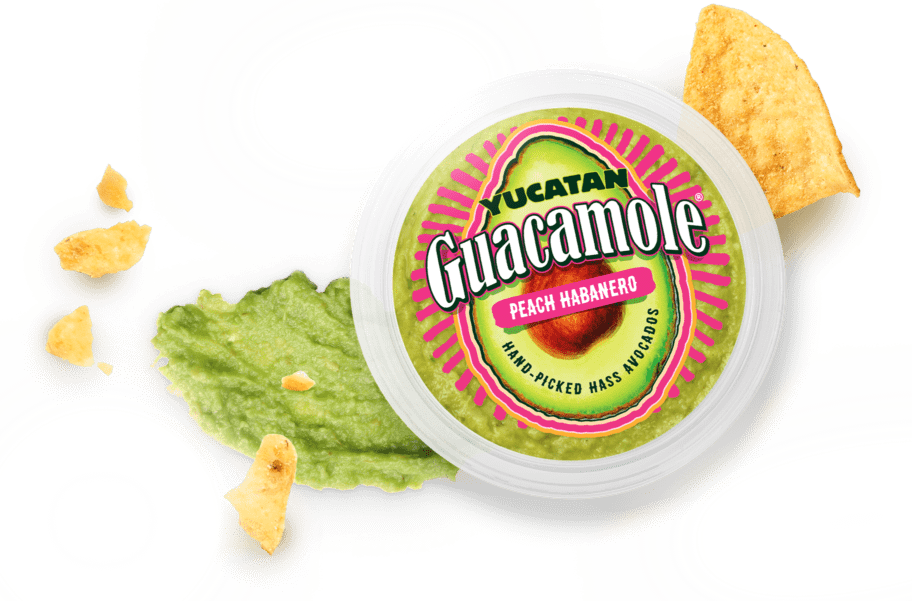A successful rebrand can elevate a company’s image, but a failed one can quickly tarnish it. In 2009, the Tropicana rebrand launched in Las Vegas as part of a national push to refresh their top-selling Tropicana Pure Premium orange juice. However, the new look didn’t take hold as compared to the previous design. The familiar Tropicana orange juice bottle, featuring its signature orange and straw, was replaced with a plain white design and a clean, modern font.
The result? It was a complete disconnect. Consumers didn’t recognize the product. Shelves were ignored. And the new packaging was pulled after just a few weeks, replaced with the tropicanas original packaging. This rebranding failure cost the company $30 million in lost sales and remains one of the most referenced branding missteps in CPG history.
In this article, we’ll break down the Tropicana failed rebranding campaign, analyze what went wrong, and unpack key lessons every brand should know before refreshing its look.
About the history of Tropicana.
Founded in 1947 by Anthony T. Rossi in Bradenton, Florida, Tropicana Products began as a small juice processing operation. But it didn’t stay small for long. Tropicana quickly grew into a dominant player, setting the standard for fresh, not-from-concentrate orange juice in the U.S.
The brand made its mark by pioneering 100% pure orange juice, redefining breakfast routines across America. With its signature Florida-sourced juice and instantly recognizable cartons, Tropicana Brands built a household name and a category-defining presence.
Today, Tropicana Brands Group operates globally, including Tropicana Europe, but the brand’s roots and legacy remain firmly planted in innovation and consistency.
Yet even the most iconic brands aren’t immune to missteps. As we’ll explore, Tropicanas rebrand under Peter Arnell and the Arnell Group serves as a stark reminder that even decades of equity can be at risk with the wrong move. It’s a case study that small businesses and industry giants alike can learn from, one still discussed on platforms like Creative Bloq and in retail strategy circles due to Tropicanas sales fallout.
Tropicana’s old packaging design.
Tropicana’s original packaging was more than just familiar. The previous design featured a whole orange with a straw inserted, visually reinforcing the idea of juice straight from the fruit. This original design connected instantly with consumers seeking fruit juice made from natural ingredients.
The horizontal logo and “Pure Premium” banner signaled quality. It wasn’t just marketing, it was a visual promise of product purity. The “100% Orange Juice” label effectively conveyed the message, solidifying trust and supporting consistent sales revenue.
Tropicana’s old design succeeded because it did what packaging should: communicate, reinforce brand values, and drive sales. It’s no surprise that when the redesign was introduced, the contrast with the old design became a key factor in the consumer backlash.
Why did Tropicana change packaging?
The Tropicana 2009 rebrand was driven by a desire to modernize. Executives believed the brand’s look had grown stale and wanted to refresh its shelf presence to better connect with contemporary consumers. The goal was to create a more modern aesthetic, cleaner, sleeker, and more minimalist.
But why did Tropicana rebrand when the existing packaging was still performing? It came down to perception. The team behind the Tropicana rebrand, led by Peter Arnell, felt that stripping away familiar cues, such as the orange with a straw and the classic Tropicana logo, would signal a bold evolution of the brand.
Unfortunately, what was intended as innovation quickly became a case study in rebranding failures. The new look confused loyal customers, disrupted buying habits, and tanked sales, proving that rebranding a business without deep consumer insight is a risky move.
For any brand considering a refresh, this example highlights the importance of a comprehensive rebranding checklist, clear consumer validation, and strategic rebranding ideas that preserve brand equity.
Why did the new packaging design fail?
During the Tropicana rebranding, a series of changes were implemented, which ultimately led to the packaging failure of Tropicana. The primary reasons for rebranding were to modernize the brand identity and retain existing customers while attracting new ones. Some of the noticeable changes that were made include:
Tropicana Logo Change: The original horizontal logo was replaced with a vertical one featuring a more straightforward and modern font. The logo size was reduced, prominently displaying the message “100% Orange Pure and Natural.”
Packaging Image: The classic image of an orange with a straw was replaced with a big transparent glass filled with orange juice during the Tropicana redesign. It emphasized the product itself rather than the orange fruit.
Lid Redesign: The bottle cap was redesigned to resemble half an orange, giving it a squeezable appearance that suggests fresh orange juice can be obtained. This design aligned with the new advertising campaign’s message, “Squeeze, it’s a natural.”
Messaging and Advertising Campaign: Tropicana launched an advertising campaign with the tagline “Squeeze, it’s a natural.” The campaign emphasized the functional benefit of orange juice in daily diets and the emotional connection people had with Tropicana.
Consumer reactions to Tropicana’s rebrand.
The rebranding effort resulted in a substantial adverse reaction from consumers who felt an emotional attachment to the original packaging. Many loyal consumers could no longer recognize the product on supermarket shelves, leading to confusion and a significant drop in sales of around 20%. Tropicana’s competitors took advantage of this situation, and the company ultimately had to revert to its original packaging design, incurring substantial financial losses.
This case serves as a valuable lesson, highlighting the importance of respecting the emotional connection consumers have with a brand’s packaging and the need for careful consideration when making changes, especially when redesigning branding elements, such as the logo, in a rebranding effort.
Lessons learned from the Tropicana rebrand.
There are always new lessons to learn from both successful Rebranding strategies and failed ones. In the case of the Tropicana product packaging redesign, which was ultimately a failure, one can understand the following lessons:
- Don’t change your core branding elements all at once. Always ask the basic rebranding questions before making significant changes. The iconic orange with a straw was a recognizable symbol for the Tropicana brand. By replacing it completely, the redesign lost brand equity and disrupted customer loyalty.
- Test major redesigns extensively before launching. Always have a rebranding checklist to measure various elements. If Tropicana had tested consumer reactions to the new design first, they likely would have seen the issues and avoided rolling it out nationwide.
- Respect the history and memories consumers have with an established brand. The old Tropicana packaging had been around for decades, evoking nostalgia for many. The redesign did not honor that connection.
- A rebranding campaign should reinforce your brand message and maintain its distinctiveness. Consumers found the new design generic, and it needed to communicate Tropicana’s orange juice product.
- Be prepared to revert or adjust if a rebrand fails. Tropicana was able to recognize quickly that the redesign was not working and switch back, but still incurred significant costs.

Nice Package
Don’t miss out on our monthly newsletter Nice Package!
Each month, we deliver a data-driven newsletter directly to your inbox, unpacking a critical topic in the FMCG & CPG industry.
"*" indicates required fields
Data-Driven Brand Development That Can Guarantee Sales Performance.
If you need a rebrand with performance predictability, we can help. SmashBrand is a rebranding agency that researches, designs, and tests all brand assets to ensure peak shelf performance. Book a time to learn more about how we can help you find the right name and to discuss your project with our team.
Subscribe to
Nice Package.
SmashBrand’s Nice Package: Stay current with our latest insights
Free Resource.

CPG product repositioning guide.
Explore the five undeniable signs your CPG product needs repositioning along with strategies for leveraging consumer insights for a guaranteed market lift.
Download Whitepaper About CPG product repositioning guide.


